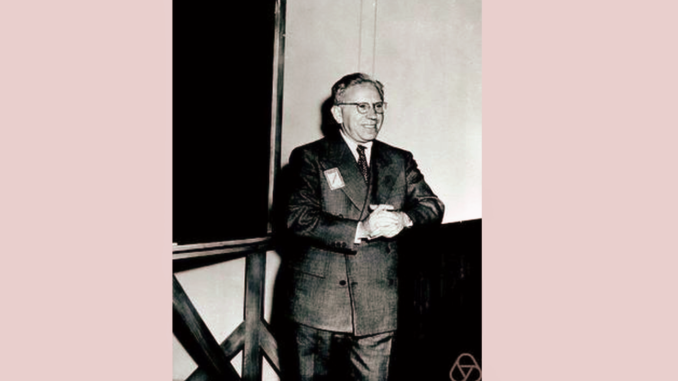
In the first years of American participation in the Second World War, aircraft and aircrew combat losses were heavy – especially among bombers. The Navy and Army desperately needed solutions, as the losses were unacceptable and accruing at an unsustainable rate. On the worst of days, aircraft were lost to enemy action faster than American factories could build them.
Someone, most likely a high-ranking officer, ordered aircraft ground crews to count and document bullet holes and other battle damage found on all returning planes. Data from all theaters of combat were compiled – an early example of Big Data – allowing decision makers to discover which parts of the typical aircraft that most bullets and anti-aircraft shells were hitting. With that knowlege in hand, the obvious solution in the minds of military brass was to armor those parts of all aircraft in order to reduce losses. On the face of it that seemed like a good idea but it wasn’t, and not just because all that armor added weight which in turn reduced performance in seriously negative ways. Fortunately, the military met a mathematician who recognized a lethal flaw in their logic and set them on the correct course.
Abraham Wald (October 31, 1902 – December 13, 1950, aged 48 years) was a Hungarian Jew living in Austria in the 1930’s. He earned his Ph.D. in mathematics at the University of Vienna, graduating in 1931. Austria was rife with anti-semitism at that time and became worse in 1938 when Germany, under the Nazi government, annexed the country. Wald and his family were lucky to get out of Europe altogether when the Cowles Commission for Research in Economics invited Wald to join their organization, then at the University of Chicago.
After the United States entered the war, Wald joined the Statistical Research Group (SRG) at Columbia University. There he excelled at applying statistical analysis to various wartime challenges facing the Pentagon. It was at this intersection that the military brought their ideas regarding air combat battle damage to SRG, looking for the best way to add armor to existing aircraft. Of course, they’d already decided where the armor needed to go based on the damage distribution data they’d collected from aircraft that survived aerial battle.
Wald recognized the flaw in the Pentagon’s logic. The data collected came from surviving aircraft only. There was no data from aircraft that had been shot down, and that was by far the more important information. Wald was able to demonstrate logically that armoring the parts of an aircraft that had been hit but not shot down would do nothing to prevent those planes from being downed in the future, because those parts were not critical. The aircraft that had been shot down in the past had been hit in critical areas, such as the engines, fuel tank, and cockpit, none of which were indicated as critical parts in the data collected from surviving aircraft.
The Pentagon’s error lay in ‘survivorship bias’, a concept meaning that only those that are left after an event or series of events are considered valuable sources of data, while those that did not survive to the present have nothing of value to add to the collection of data. Survivorship bias can be applied to many fields of study beyond the military’s combat aircraft.
Wald’s intervention convinced decision makers to armor the critical areas of their fighters and bombers. As a direct result aircraft and aircrew losses fell, making an important contributing to the eventual Allied victory. By recognizing survivorship bias in the data, he saved countless lives.
Tragically, Wald and his wife were killed in the crash of an airliner in India in 1950 while he was on a lecture tour by invitation of the Indian government. They were survived by their two children who had stayed behind in the United States. It’s worth remembering that Wald was a mathematician, an immigrant, and a Jew. It’s hard to say who will make priceless contributions to a nation.
